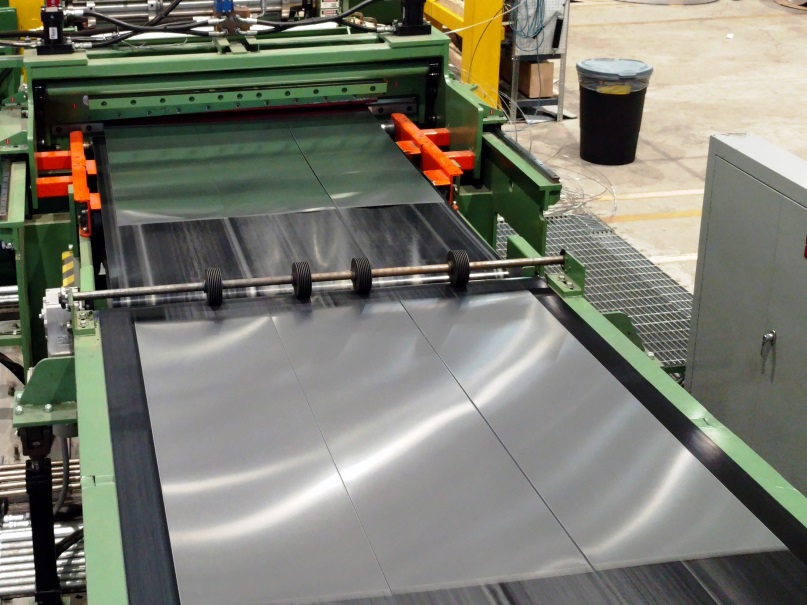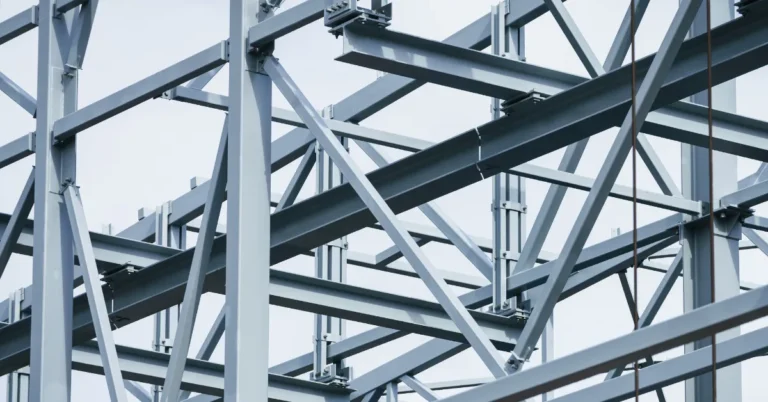
Metal processing is a complex yet essential aspect of manufacturing that involves transforming raw metal coils into tailored sheets or strips for various applications. Two integral processes in this journey are coil cut-to-length (CTL) and slitting. Let’s unravel the intricacies of these processes and understand their significance in the world of metal fabrication.
Coil Cut-to-Length (CTL):
CTL is a precision shearing process that transforms large metal coils into sheets of specified lengths. This process ensures uniformity and accuracy, catering to diverse industries with varying size requirements. The key steps involved include:
- Uncoiling: The metal coil is unwound, and the flat sheet passes through subsequent stations.
- Straightening: Mechanical or hydraulic straighteners remove any coil set or crossbow, ensuring a flat surface.
- Measuring: Precision measurements are taken to determine the length required for the sheets.
- Cutting: The metal is cut to the specified length using shear blades or rotary shears.
- Stacking: Cut sheets are neatly stacked for further processing or packaging.
CTL offers advantages such as high precision, reduced material waste, and improved productivity, making it a preferred choice for industries requiring custom-sized metal sheets.
Slitting:
Slitting is a process where a metal coil is cut into narrower strips, catering to applications that demand varying widths. The slitting process involves:
- Loading the Coil: The metal coil is mounted onto the slitting machine.
- Pre-Cutting: The leading edge of the coil is cut to create a straight starting point.
- Slitting Blades: Circular blades or knives make longitudinal cuts, transforming the coil into narrower strips.
- Recoiling: The slit strips are rewound into smaller coils, ready for distribution or further processing.
Slitting provides versatility in producing multiple narrower strips from a single coil, facilitating efficiency in material usage and meeting the demands of industries like automotive, construction, and electronics.
Significance in Metal Fabrication:
- Customisation: CTL and slitting enable manufacturers to customise metal sheets and strips according to precise requirements, reducing material waste.
- Efficiency: These processes enhance efficiency by producing materials in specified dimensions, streamlining subsequent manufacturing steps.
- Versatility: Metal coils can be transformed into a variety of sizes and widths, catering to a wide range of industries and applications.
In conclusion, coil CTL and slitting are indispensable processes in the world of metal processing, offering precision, efficiency, and versatility. As technology advances, these processes continue to play a crucial role in meeting the ever-evolving demands of industries that rely on tailored metal sheets and strips for their manufacturing needs.
